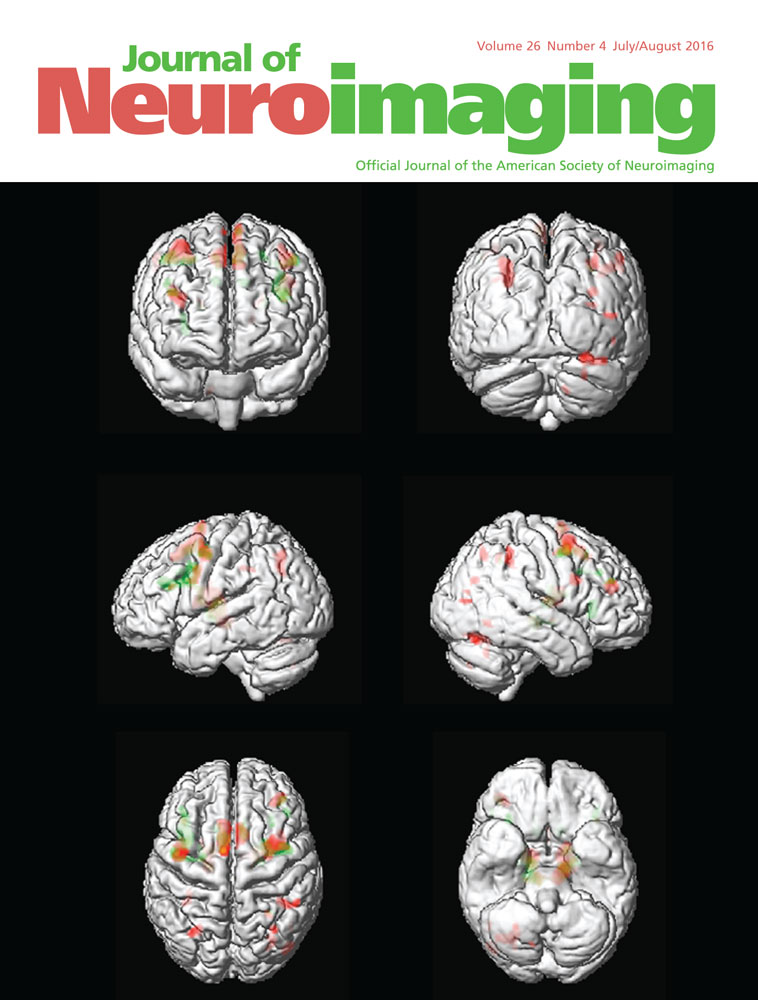The Role of TCD in the Evaluation of Acute Stroke
Conflict of interest: We declare that we have no conflict of interest.
Pablo M. Lavados reports research grants from The George Institute and Clínica Alemana de Santiago during the conduct of the study; personal fees from Bristol Meyer Squibb for atrial fibrillation and stroke advisory board; an unrestricted research grant from Lundbeck; personal fees from AstraZeneca and Bayer as SOCRATES and ESUS NAVIGATE trials national leader and a Chilean Government research grant for the ÑANDU project outside the submitted work.
Research conducted on: Clínica Alemana de Santiago.
ABSTRACT
BACKGROUND
The additional information that transcranial Doppler (TCD) can provide as part of a multimodal imaging stroke protocol in the setting of hyper acute strokes has not been evaluated.
METHODS
Consecutive patients admitted between December 2012 and January 2015 with ischemic stroke of less than 4.5 hours of onset were studied as soon as possible with a protocol consisting of noncontrast brain computed tomography, computed tomography angiography of supra-aortic vessels, diffusion-weighted magnetic resonance imaging, and TCD.
RESULTS
Eighty-six patients were included. The imaging protocol was performed 113.9 (±23) minutes after the stroke symptoms appeared and by TCD after 150.2 (±19) minutes. Sixty-six (76.7%) patients were treated with revascularization therapies. TCD provided additional information in 49 cases (56.9.4%, 95 CI 46.4-66.9). More than one piece of additional information was obtained in 17 patients. The most frequent additional information was collateral pathways, information related to patency of vessels, and active microembolization. Multivariate analysis demonstrated that, intracranial vessel occlusion (P <.001) and optimal sonographic windows (P <.004) were the variables associated with additional information. In 15 patients (17.4%; 95 CI 9.4-25.5) the additional information changed the management. In 8 patients endovascular rescue was applied after the failure of intravenous thrombolysis; in 5 patients angiography was suspended and in 2 other cases aggressive neurocritical care was indicated.
CONCLUSIONS
TCD in the first 4.5 hours of acute ischemia can provide additional information to a multimodal acute ischemic stroke imaging protocol, and can induce changes in the management of a proportion of these patients.




